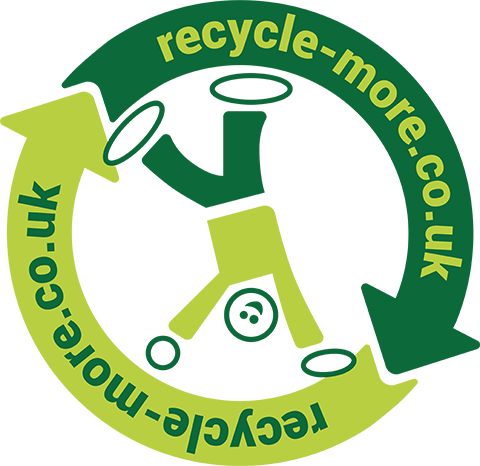
Advent Reuse Is breakfast chocolate what we really want?
James Skidmore
November 23, 2021
The build up to Christmas is an exciting time for children and I find that the vast majority of my children’s friends have one, two or even three advent calendars each.
When I was a child, we opened a little door to see a picture each day (exciting, but maybe not worth getting out of bed for!) and then, when I was about 12, the chocolate advent calendar was born. Firstly, it just contained a chocolate for Boxing Day, but quickly it became a chocolate every day until Christmas.
This is great fun and kids love it. Kids love chocolate and now that I’m the Dad I find that mine are no different, and they get plenty! But I have a problem with the chocolate advent calendar. I’m not a killjoy and I’m not the chocolate police, but what bugs me is:
- Chocolate for breakfast (because they can’t wait until lunchtime and, as I said, I’m not a killjoy). This is 25 days, or nearly 7% of the year. If I took a picture of my children eating breakfast every day, one in every 14 would have chocolate on it. I’m not sure that’s a good look.
- Packaging - The packaging on an advent calendar is what makes the product, but there is a lot of it. It creates waste and it uses what feels like an awful lot of plastic and materials.
The cost of chocolate
It's also not an efficient way of buying chocolate, but nobody would suggest otherwise - the joy is in the patience, the countdown and the ‘little and often’ reward. However, whilst I’m on the topic, the cost of chocolate in an advent calendar (according to a leading retailer website) ranges from £1.67 to as much as £5.78 per 100g. The very same chocolate in ‘bar’ form is £1 and £1.94 per 100g respectively – making the mark up on advent calendars between 67% and 200%. But of course – it’s a different product, a product that is all about the experience, an experience that is driven by packaging…
Packaging
Valpak’s packaging and product database (EPIC) provides a startling insight into the scale of the packaging used. A typical advent calendar is made up of 43.7g of paper, 21.61g of PET plastic and 3.22g of aluminium. 22% more of the same chocolate in ‘bar’ form comes in a wrapper that weighs just 1.8g. Notwithstanding discussions about recyclability, there is over thirty-eight times the amount of packaging per gram of chocolate in an advent calendar than the same product in a bar, and twelve times as much plastic (so you could have a bar every month and match your plastic footprint if you wanted too). If chocolate for breakfast isn’t a good look for children, I’m not sure that much packaging is a good look for chocolate.
My alternative
One thing my children like more than chocolate (and I reiterate, they get plenty!) is Lego. They have plenty of that too. So, nine years ago I came up with a plan and ‘Daddy’s annual Lego Advent Calendar’ was born. The true start of Christmas for me begins with the annual purchase (beg, steal, or borrow) of three Lego sets. In the past they've been brand new, but I try and get second hand (and bigger!) sets from eBay or Facebook Marketplace, because as you will find out – they will never know, and the packaging is NOT needed!
Those great creatives at Lego now publish instructions online (as do MegaBloks as a downloadable pdf). So, in true Dad fashion, the evening of the 30 November (because last minute is how I roll) consists of downloading the instructions, sorting the pieces out into 24 little (equal sized) piles and cutting up the instructions to present a bit more to the build every day.
My eldest son gets his Lego in a Christmas tree calendar with 23 (because the one ‘fell’ off) pockets and a ‘starter pack’ envelope. Middle son gets a wooden train with little drawers, and smallest son get his lined up in tiny envelopes on a washing line (envelopes are reused). Each day they add a new piece to the Lego set until it is built.
What of course I cannot stop is their Grandad arriving with another calendar (last year was ‘Smiggle’, which they also loved and shared) and, of course, what happens next to the Lego sets? The joy is the same, but one of my children has a line-up of immaculate models dating back many years, the other two have a tub of mixed Lego to use and create (and, ultimately, pass on!).
Because the Lego is second hand, nothing ‘new’ has been made except the printout of the instructions (all recycled), and the advent calendars will soon have lasted for 10 years (in the case of the tree, aside from that pesky ‘1’ pocket) and counting. And would the kids prefer chocolate? Generally, the answer to that is yes, but in this case - Lego wins!

Disclaimer: The opinions expressed in this blog represent those of the author, James Skidmore, and are not those of recycle-more, Valpak Limited or any other organisation.





